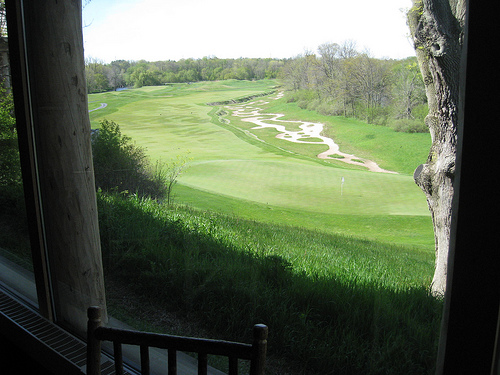When playing a dog-leg hole in golf (one that bends to the left or right), it’s pretty easy to believe that shooting over the trees and taking the shortest path to the hole will result in us winning. We tell ourselves, even if we end up short in the rough with the trees, many times the ball rests a little higher and we can still get out of it just fine. Ten strokes later, we’re on the green with scratches on our arms and using a different ball than we started with.
This situation occurs at much in our jobs as in golf. We think we see an easier way to accomplish our goal, usually with a good dose of why this time it’s different and why we are the exception. We tend to tell ourselves stories about how the problems we encounter won’t be that bad if we encounter them at all and tend to overemphasize the cost of the normal “safe” approach. Justifying our decision to go off the beaten path, we sacrifice the known costs for a wide array of unknown ones.
This differs from typical shortcut taking that happens near the end of a project with its own set of problems, in that we tend to believe at the beginning that we can make something new happen. Sometimes the right solution is to get out the bulldozers and create a new fairway to get us to our destination, but when we do, we must remember that this will cost us much more the first time around even if we imagine that it won’t.
The rough should never mean don’t go through, but we should respect the challenges it represents.
Photo Credit: danperry.com cc

Leave a Reply